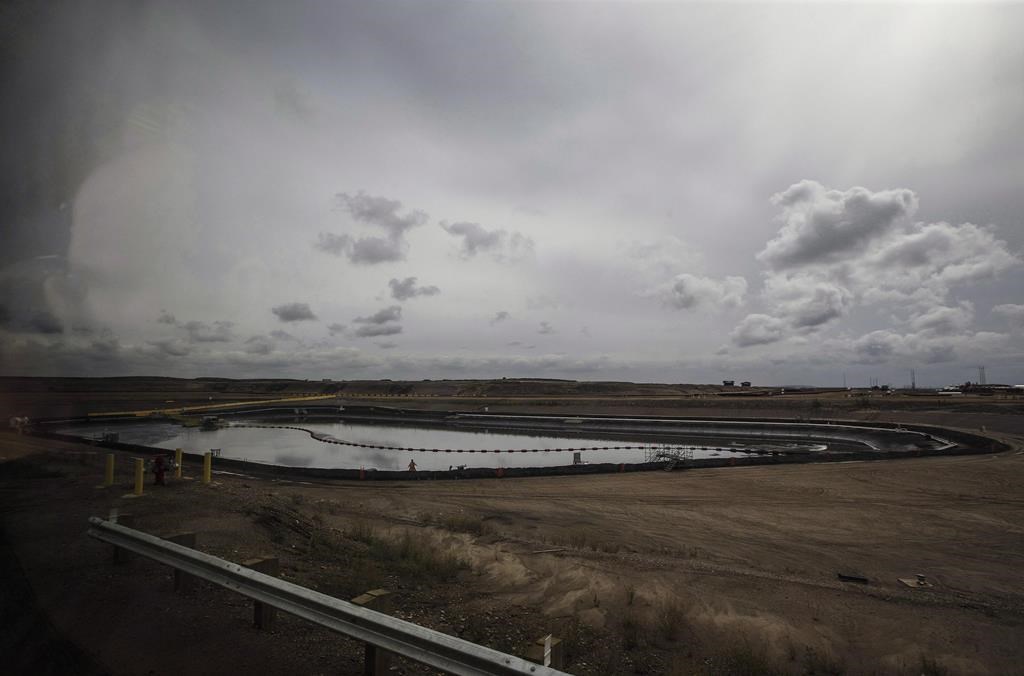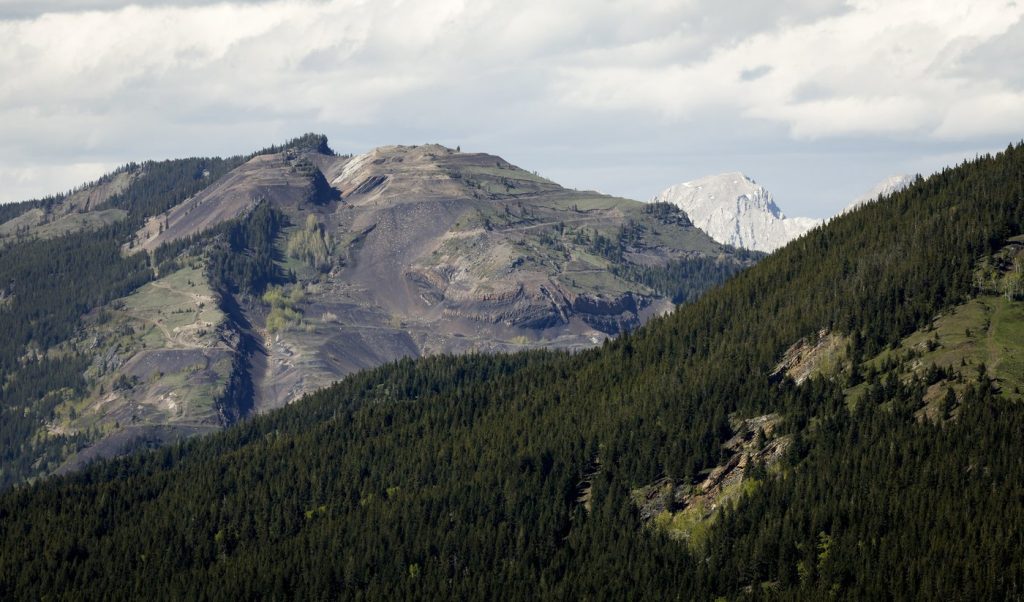Alberta’s energy regulator fails to manage and report tailings spills, study says

Posted Jan 6, 2025 4:57 pm.
Last Updated Jan 6, 2025 6:05 pm.
Alberta’s energy regulator has failed to disclose all tailings spills in northeastern Alberta, underestimating the number and size of spills, according to a new study.
The study by ecologist Dr. Kevin Timoney analyzed data from 514 bitumen tailings spills reported by the Alberta Energy Regulator (AER). It says claims of no environmental impact and any tailings spills, and perfect spill recovery at 75 per cent of spills lacks credible evidence.
“The number of spills that are being reported by the AER is a great underestimate,” says Timoney.
The study used data from the Alberta Environmental Management System (EMS) between 1996-2012, the AER’s field surveillance inspection system (FIS) data going back to 1975, and a freedom of information request submitted to the AER in June 2023.
The findings show that the reported number of spills and total spill volumes fall short of the true rates.
Of the 514 tailings spills reported by AER’s FIS, nearly 302,000 cubic metres (301,755,000 litres or 301,755 m3) were released, which translates to an average of 77.4 reported spills a year, an underestimate of the total amount.
In one example from 2018, the AER reported 44,596 m³, or 44 million litres, was spilt, while the FOIP says it was 4,459,680 m3, or 4.4 billion litres, 100 times larger than the total volume of the 514 reported tailings spills.
AER says this is because “the volumes tab does not allow a number that high to be captured,” according to the study.
In addition, while FIS data shows 514 spills, the FOIP presents 989 primary spills, with 627 being tailings, 215 being process water, and 89 being bitumen slurry.
Timoney states AER’s FIS data failed to report 115 tailings spills — two including the two major Kearl spills in 2022 and 2023, and 456 spills total. The two spills were not in the FOIP and FIS spill data.
The study says only 3.2 per cent of tailings spills are inspected, with photographs also analyzed showing 41-54 per cent of spills having evidence of environmental harm.
“They really need to have a new regulator,” says Timoney. “We can’t fix the AER because it’s controlled by the industry it’s attempting to regulate.”
In a statement to CityNews, the Ministry of Environment says Alberta’s oil sands monitoring system is one of the best in the world.
“Alberta’s oil sands are one of the most highly monitored in the world, and there are clear, mandatory processes in place to prevent spills and to respond quickly if unplanned releases do occur,” reads the statement from press secretary Ryan Fournier.
“We expect the AER to do its job and manage these incidents in a timely and effective way.”
Renato Gandia, a spokesperson for the Alberta Energy Regulator, said the agency was still reviewing the study, but said staff do inspect tailings spills.
“The AER routinely conducts inspections to ensure that releases have been cleaned up and remediated in accordance with the regulations,” Gandia said.
Companies behind the spills
When it comes to the companies behind the spills, Suncor is reported as being responsible for most tailings spills at about 32 per cent, along with around 49 per cent of the spill volume.
Other examples include Canadian Natural Resources Ltd (CNR), which was responsible for about 15 per cent of spills and 6 per cent of volume, and Shell was responsible for nearly 15 per cent of spills and around 10.5 per cent of the volume.
Imperial Oil and Canadian Natural Upgrading (CNUL) were responsible for nearly 10 per cent of spills and 10 per cent of volume, and 5.1 per cent of spills and 4.5 per cent of the volume respectively.
The names of the companies were withheld from the AER FIS data because the names were withheld from the FIS public record. So a comparative analysis was conducted using the FOIP data to assign names.
Another finding of the report shows there are delays in reporting spills, with only 58 per cent of spills being reported on the same day, while 110 are reported about 30 days later.
It also notes the spill footprint data in the 514 tailings is not credible as the AER’s default of “100 square meters or less” is used when the documents show the footprint is much larger.
With files from Dione Wearmouth and the Canadian Press












